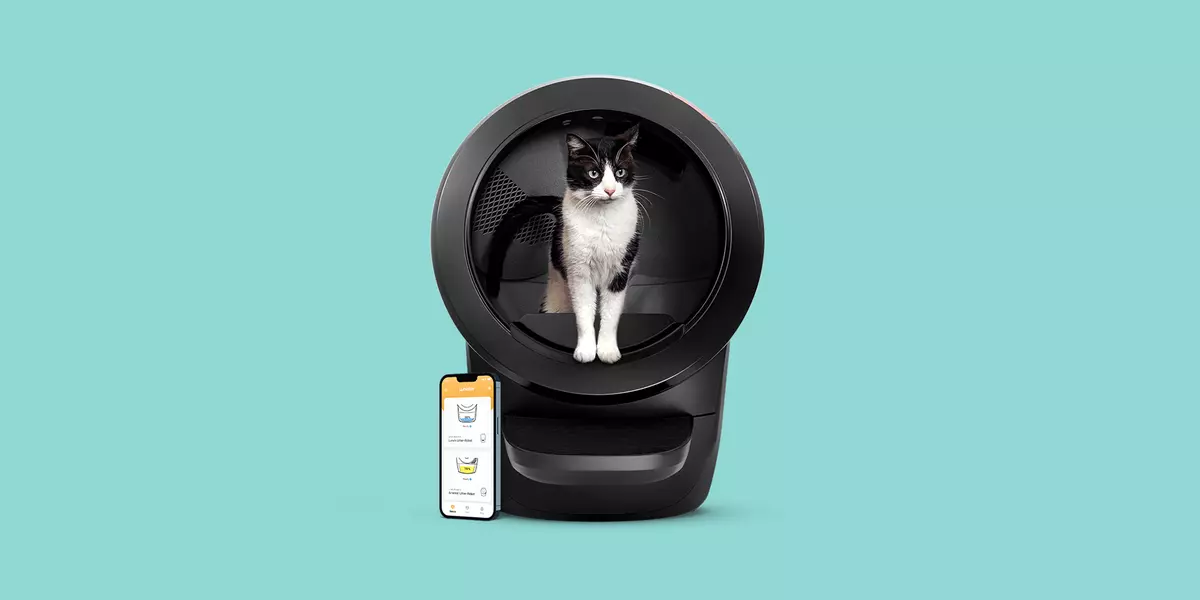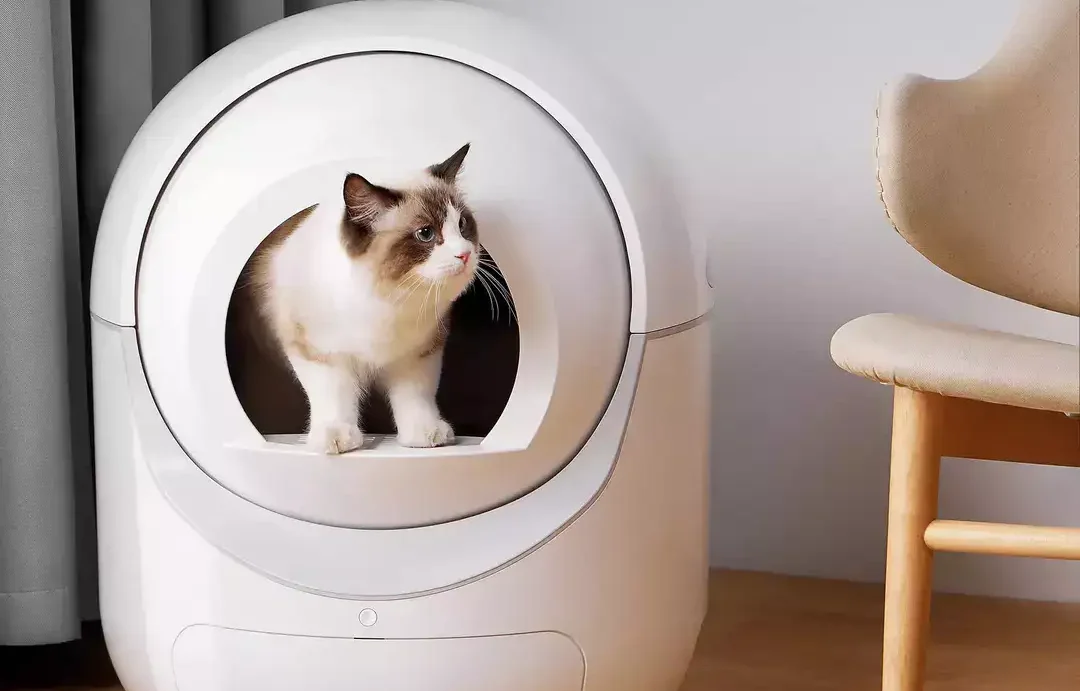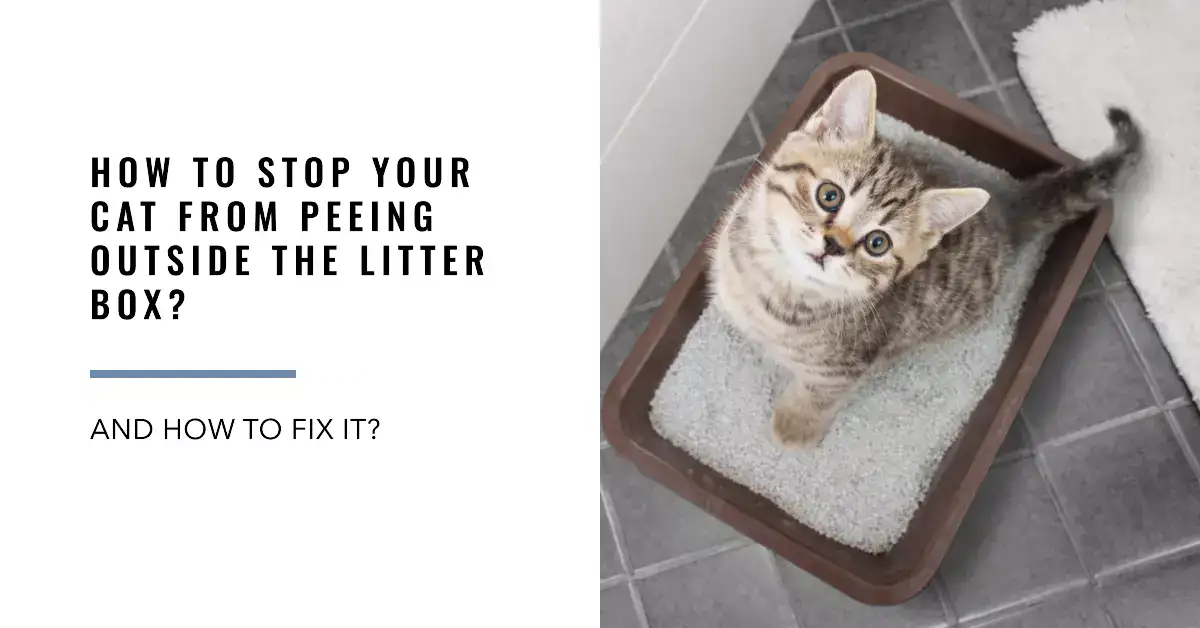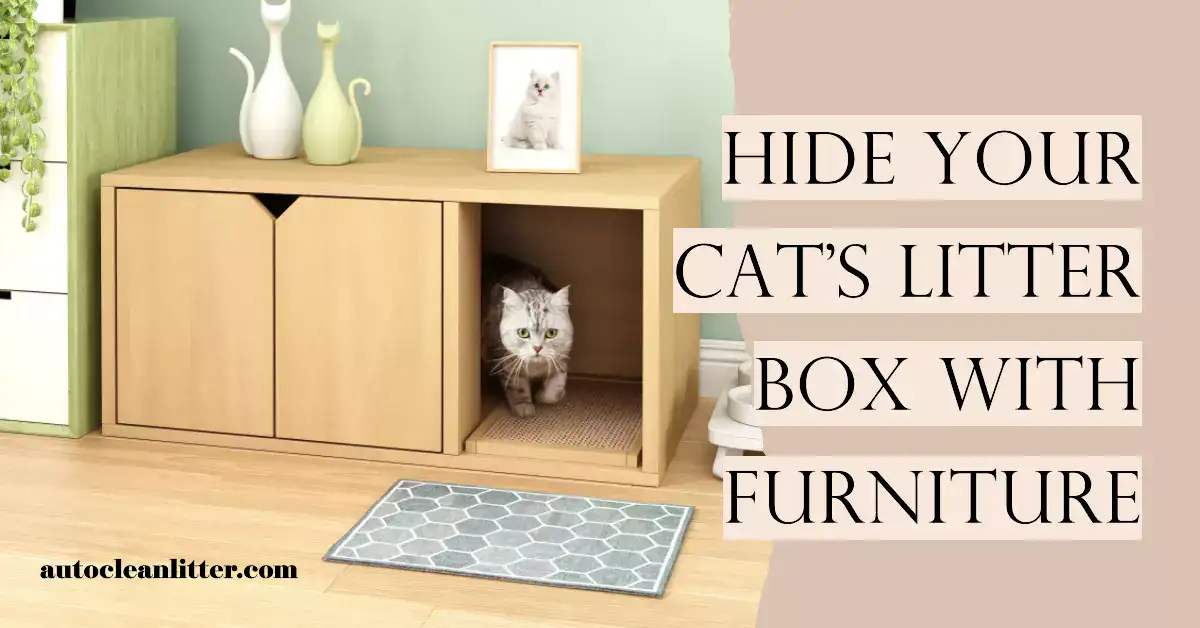All pet parents are familiar with the common parasites such as fleas and ticks that can affect our four-legged friends and regularly prevent them with various medicines. However, there are several other parasites that can attach themselves to your pet. So, what do you do if your pet is itching and scratching, you can’t find fleas or ticks, and your pet’s skin is looking really sore? This could indicate a condition called mange.
What Is Mange?
Although it is very rare in cats, other skin conditions can cause similar signs, so it is essential to take a closer look if you think your feline friend is affected.

What Causes Mange?
“Mange” typically describes the signs and skin conditions resulting from the mite infestation, with various types of mites responsible for the condition.
Types of Mange in Cats
Mange in cats can be categorized into different types based on the mites causing the infection:
Sarcoptic Mange
Sarcoptic mange, also known as scabies, is caused by the Sarcoptes scabiei mite. This mite burrows into the skin, causing severe itching, hair loss, and red, crusty skin. It is highly contagious, spreading easily between animals and humans.
Demodectic Mange
Demodectic mange, caused by Demodex cati or Demodex gatoi mites, is less common in cats but can still cause significant skin issues. These mites typically reside in hair follicles and oil glands. The symptoms include hair loss, scabbing, and inflammation, usually without intense itching.

How Do Cats Catch Mange?
It’s crucial to monitor your cat’s interactions and maintain a clean environment to reduce the risk.
Ensure you regularly clean your cat’s living areas and bedding to minimize exposure to mites that might cause mange.
Skin Conditions That Look Similar to Mange
Several skin conditions can mimic the signs of mange, causing similar symptoms of redness, hair loss, and itching. These include:
Allergies
Allergies to food, pollen, or other environmental factors can cause intense itching, redness, and hair loss similar to mange. Identifying and eliminating the allergen is crucial to managing this condition.
Fungal Infections
Ringworm and other fungal infections can present with hair loss and scaly skin but typically don’t cause the severe itching associated with mange.
Bacterial Infections
Secondary bacterial infections can occur due to scratching and open sores from allergic reactions or other skin injuries. These infections can worsen symptoms and may require antibiotics for treatment.
What Does Mange Look Like on a Cat?
Recognizing mange in cats involves noting several physical signs. Typical symptoms include:
Hair Loss
Mange often leads to significant hair loss, particularly in areas where mites are concentrated, such as the ears, face, and neck.
Red, Inflamed Skin
The affected areas may appear red, swollen, and inflamed due to the cat’s constant scratching and the mites’ activity.
Crusty, Scaly Patches
As mange progresses, the skin may develop crusty, scaly patches where the mites burrow and lay eggs, leading to further irritation and discomfort.

How Do You Get Rid of Mange on a Cat?
Treating mange in cats involves multiple steps to ensure the mites are completely eradicated and to prevent re-infestation. Vet visits are essential for proper diagnosis and treatment recommendations. Here are the general steps:
Topical Treatments
Topical medications are often used to kill mites on the skin’s surface. These may include medicated shampoos, dips, or spot-on treatments.
Oral Medications
Oral medications can also be effective in eliminating mites. Your vet may prescribe these based on the severity of the infestation and the type of mite involved.
Environmental Cleaning
Thoroughly cleaning your cat’s environment is crucial to prevent re-infestation. Wash bedding, toys, and regularly used areas with hot water and disinfectants.
Preventing Your Pets From Catching and Spreading Mange
Prevention is always better than cure, and taking steps to protect your pet from mange is essential. Here are some preventive measures:
Regular Vet Check-ups
Regular vet check-ups can help detect early signs of mange and other skin conditions, allowing for prompt treatment. Keep your vet appointments up to date and discuss any concerns you have.
Maintain Hygiene
Ensure your cat’s living environment is clean and hygienic. Regularly wash their bedding, toys, and other frequently used items. Consider deep cleaning tools like litter boxes and keeping them sanitized.
Monitor Interactions
Limit your cat’s interaction with stray animals or wildlife, as these can be carriers of mange-causing mites. Supervise outdoor time and avoid areas with known infestations.
Conclusion
Mange in cats, though rare, can cause significant discomfort and distress. Recognizing the symptoms, understanding the causes, and taking appropriate treatment and preventive measures are crucial. Always consult a vet for professional advice and treatment options to ensure your pet’s health and well-being. By staying vigilant and taking proactive steps, you can help your furry friend stay free from mange and other skin conditions.





























